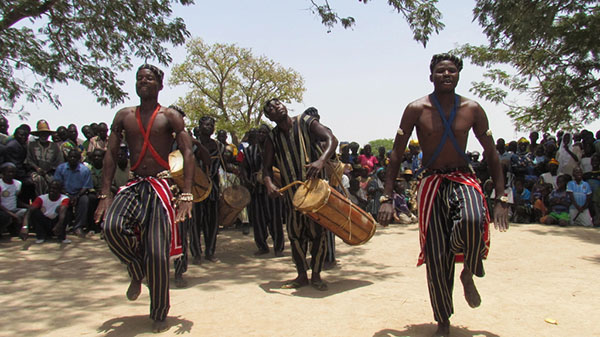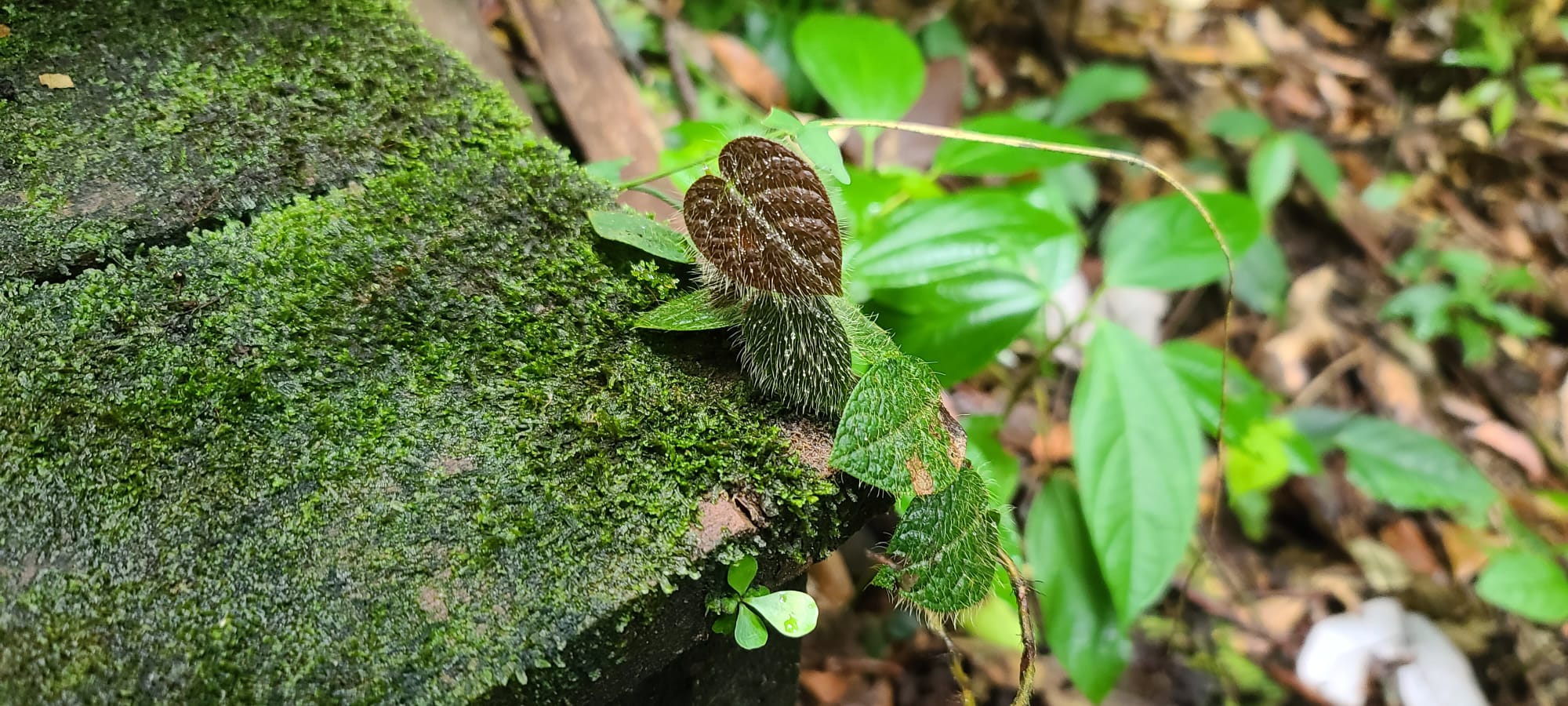Today’s post concerns Dagaare, the language spoken by the Dagaaba people in Ghana and Burkina Faso. The language possesses a feature that requires some in-depth explanation, but I don’t doubt that once you understand the beautiful complexity of it, that you will see why this is such an interesting feature.

We start by making English comparisons. Nouns have an inherent countability that we all understand. We typically say that nouns are either count nouns or mass nouns.
Count nouns are items like books, trucks, and corn. These items are distinct, individuated, and by all means you can count them.
Mass nouns are items like water, rice, and people (crowds). These items are non-distinct, unindividuated, and you could not count them like you would count a pile of books. Some items like water cannot be counted.
We have such a good understanding of the countability that we even adjust how we make sentences with them. For example, we say much/little water vs many/few books. The reverse would be ungrammatical (‘little books’ does not sound right). Furthermore, we can also say “a book | many books” vs “a little bit of water | some/ a lot of water”. We are quite familiar with how to mark our English nouns based on their perceptual number qualities
Now in Dagaare, they also recognize that items have countabilities (the official term is individuation). Have a look at the following table:
| Definition | Singular | Plural |
| seed | bie | bi-ri |
| ladder | dɛrɛ | dɛr-rɪ |
| toe | gbɛbi-ri | gbɛbie |
| bee | sebi-ri | sebie |
| intestine | nyagarɪ | nyaga |
In Dagaare, items like seed and ladder are inherently singular (that is, we perceive that they naturally occur as single items; they typically occur as as one item). Therefore, we add -ri to the noun to mark for plurals. On the other hand, items like bee and toe, for the same reason as above, are understood as plural items because they typically occur as many items or large groups. So, we add -ri to the noun to mark for the single!
While different language speakers of different cultures may perceive some of these items differently in terms of their individuation, it is still such an interesting feature to learn! The existence of such features often promotes discussion and development of our current linguistics theories. That is why we cherish discoveries and mourn over the loss of languages.
I came about this linguistic feature because of news in Burkina Faso. There had been some civil unrest and the nation is rife with critical security issues. We wish the best to everyone there and all others who struggle around the world.

References:
Ali, Mark, Grimm, Scott & Bodomo, Adams. 2021. A dictionary and grammatical sketch of Dagaare. (African Language Grammars and Dictionaries 4). Berlin: Language Science Press. DOI: 10.5281/zenodo.5154710
Grimm, S. (1). Number and Markedness: A View from Dagaare. Proceedings of Sinn Und Bedeutung, 14, 168-184. Retrieved from https://ojs.ub.uni-konstanz.de/sub/index.php/sub/article/view/466



Leave a comment